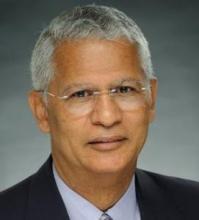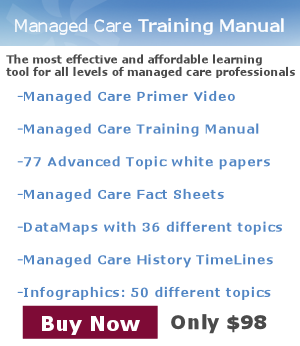Retail Clinics Appear Wave Of Future

I fell ill while away on a business trip last month. If I were in California, I’d simply call my PCP of 25 years and ask him to squeeze me in.
I wasn’t so sick that I should go to an emergency room, so I asked my host if we could go to a nearby urgent care center. “We could”, he said, “but let’s try to get you into a MinuteClinic instead.”
I balked at the suggestion, but soon found myself sitting behind his desktop computer choosing a retail clinic about seven minutes away from his office. An appointment slot was available in less than an hour, so I booked it and keyed in my medical complaint, medical history, and billing information.
Upon arrival, I was directed to a kiosk to sign in. Within moments, I was called to sign some forms on my way to a treatment room. On the way, I viewed posters on the wall detailing the prices for each and every procedure, test and service provided. “Impressive,” I thought to myself, “I never know what this stuff costs when treated in California unless I ask, and then I’m usually given approximate numbers.”
What really wowed me, though, was how quickly and thoroughly I was examined and evaluated. A lab test done in about 20 minutes confirmed my diagnoses, and I left with what I needed to treat my ailment in less than an hour after I had arrived.
Later in the day, as I read through the material they gave me, I understood that a medical record with my medical history had been created and would be available online at all the sites operated nationally by the drug store chain to which this retail clinic belonged . Moreover, I was invited to participate in regular monitoring/check-up programs and, if I had a need, any of several chronic disease management programs they offered in partnership with other providers.
Still ruminating over my experience, I realize that I am having a “crisis of faith” about the supremacy of doctor-dominated primary care delivery.
The experience I had at MinuteClinic pandered to my desire for ready access, ease of use, service integration, portability, and high-quality/low-cost transactions with up-front price transparency.
Bottom line: Being treated as a consumer trumps being treated as patient because consumers get high-quality care delivered conveniently, efficiently and with price transparency…and that feels really good.
A recent survey revealed that almost two-thirds of us who have commercial insurance prefer the features and benefits offered by retail clinics over what the traditional approaches to accessing primary care offer. The same survey revealed that about half of the respondents would prefer to interact with a PCP by email, Facetime or Skype to get treated.
That serves to underscore the thought transformation about healthcare delivery that is occurring as we integrate personal computing more into the management of our daily lives.
Led by CVS and Walgreens, the five major retailers in the U.S. plan to grow the near-2,000 clinics they now run by almost a third to just under 3,000 by the end of this year. More after that, to be sure.
Forget disruptive change. These retailers are positioned to trigger a seismic shift in our healthcare delivery model. Here is what the numbers tell us:
- Almost 1-in-5 of physician-led primary care visits in the U.S. could be managed by nurse practitioners at convenient care sites.
- More than a third of all non-urgent hospital emergency room patients in the U.S. could be treated at urgent care centers or retail clinics.
- More than 90% of us live within five miles of a CVS or Walgreens. These two retail giants alone are positioned and launching expansive plans to give us a better experience at a lower cost than what is available in the traditional medical care marketplace.
Clearly, when we factor in the looming shortage of primary care physicians, the stars move into perfect alignment to support this kind of transformational change.
Jim Lott is Vice President of Strategic Planning and Business Development for Martin Luther King Community Hospital. He is a member of the Payers & Providers editorial board.






